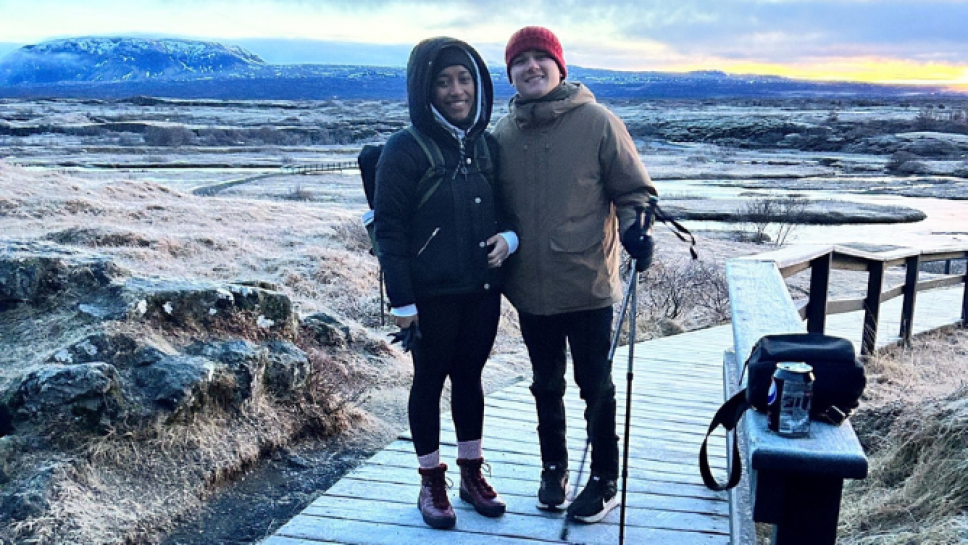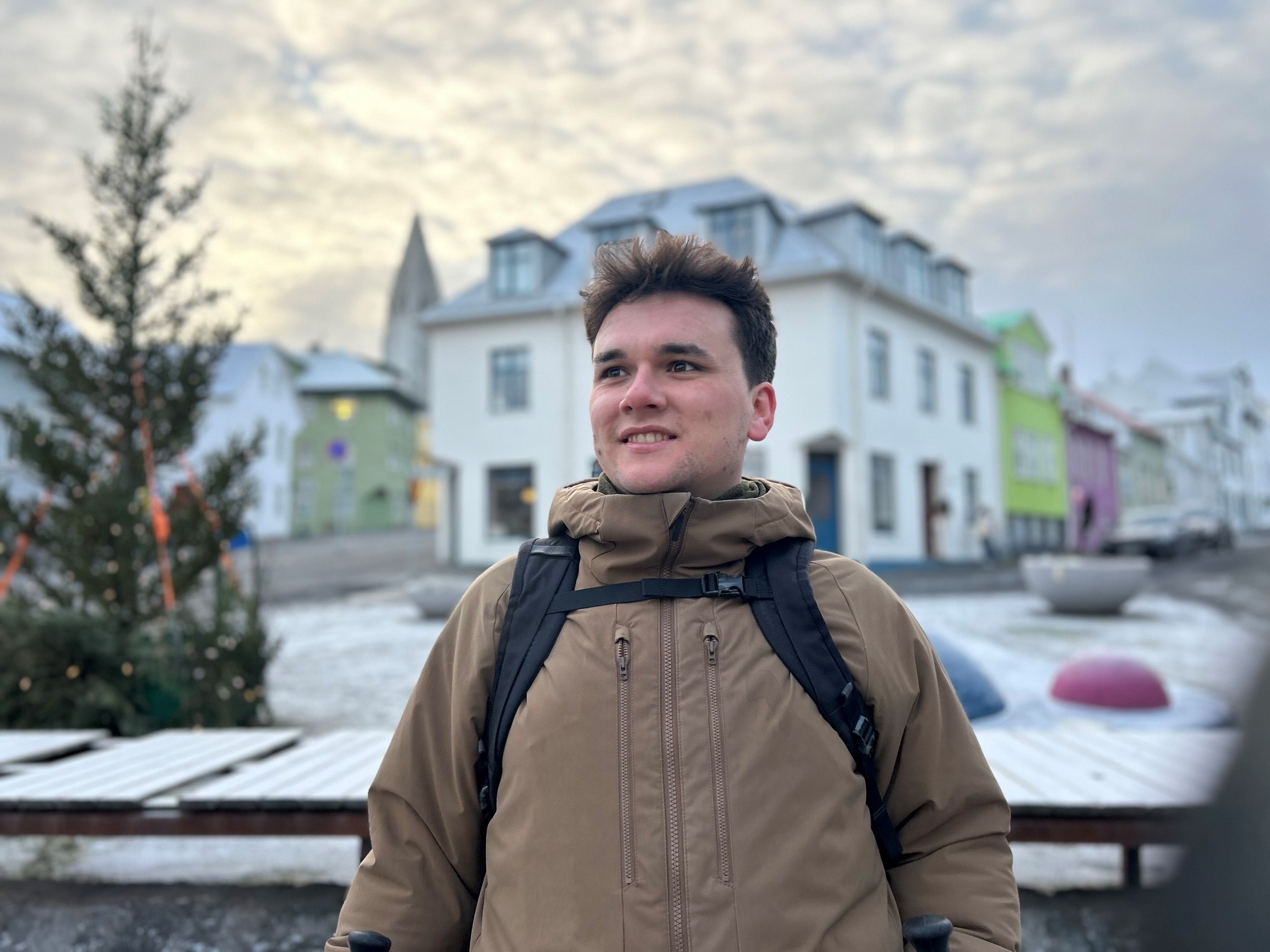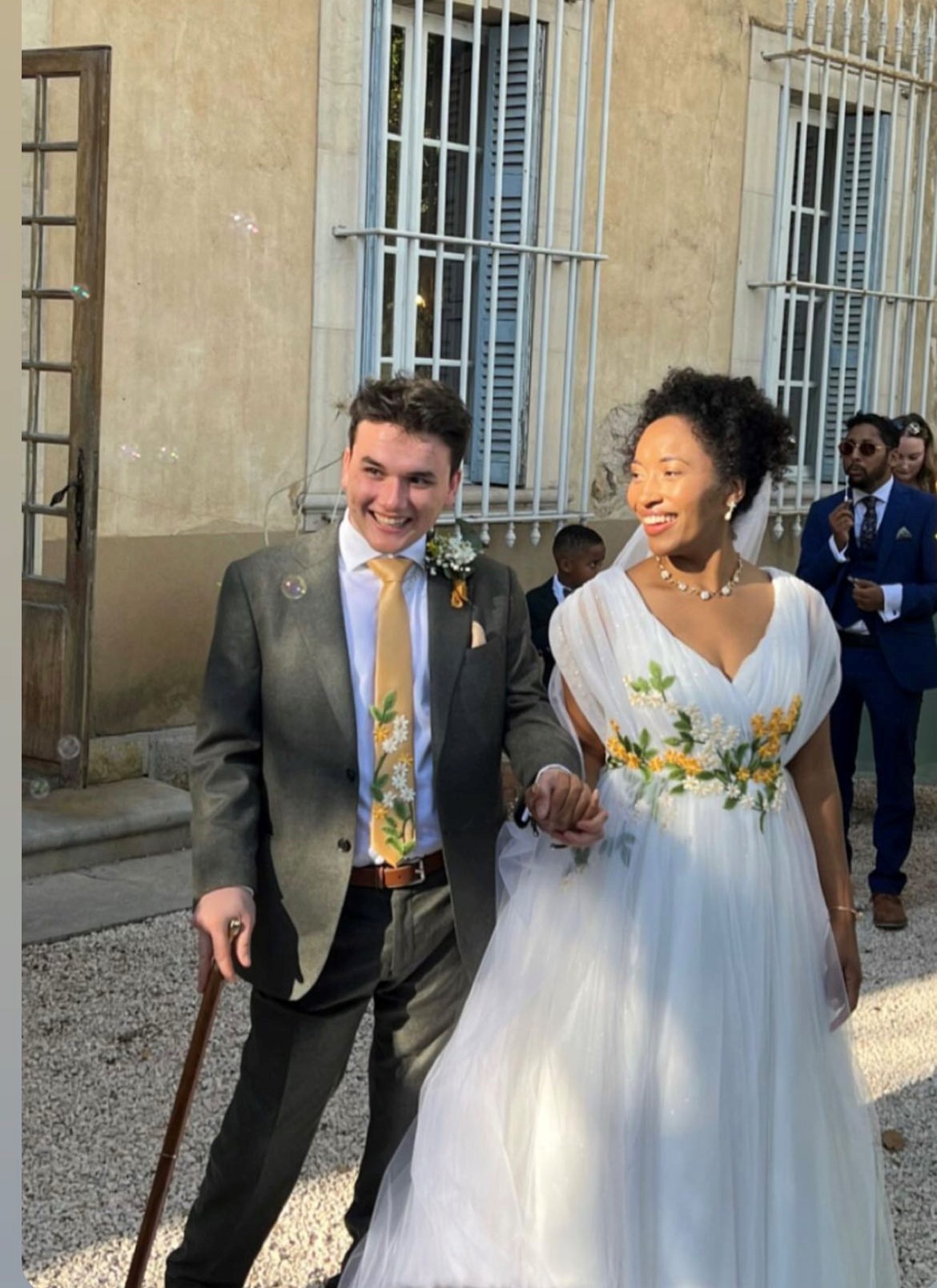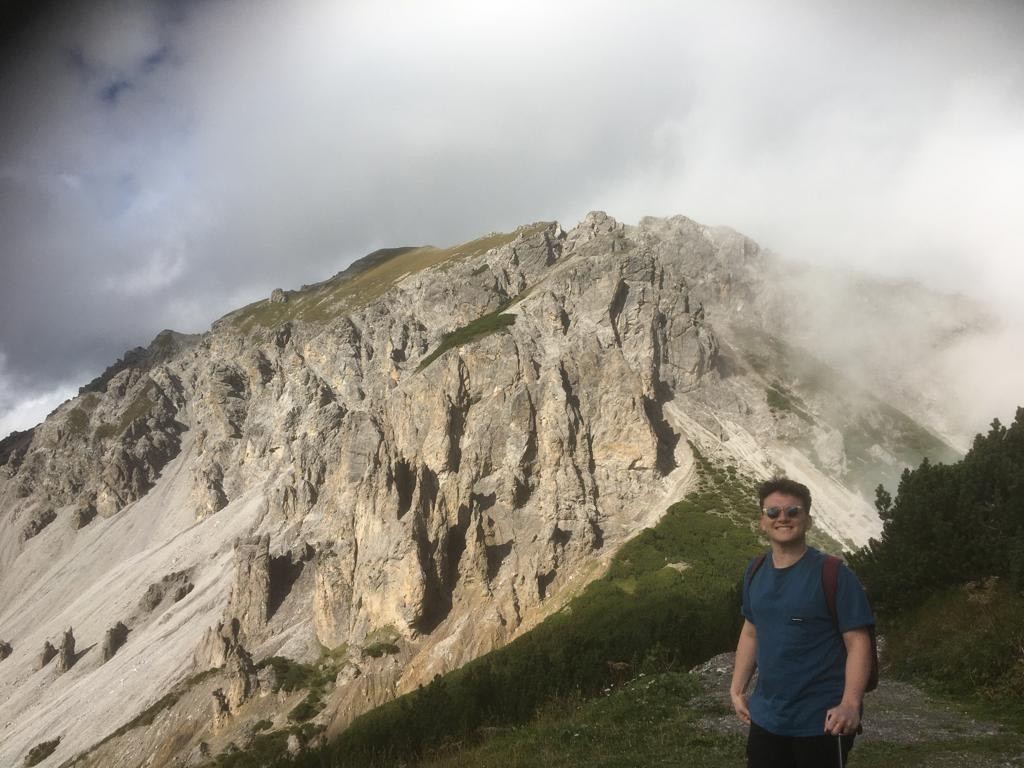
I was always a really active kid and sports was a big part of my childhood. Looking back now, I can see there were small signs that something wasn’t quite right, but you don’t notice them at the time. As far as I was concerned, I was a fit and healthy young lad. So, it was beyond a shock when I got told at the age of 19 that I have muscular dystrophy, just two days before I was moving to Amsterdam.
Finding my calling
In my first summer as a college student, I went to Romania with a Christian charity. We helped vulnerable disabled children at a specialist centre that offered respite, treatment, and fun therapeutic activities for the children. There were two teenagers that I worked closely with whose English was good. They both had Duchenne muscular dystrophy and I learnt a lot about the condition on this trip.
I saw firsthand how much the boys’ benefited from daily physiotherapy at the centre. It was a truly amazing experience. As a Christian, I felt a real calling to help people. I’d always had an interest in healthcare, but that summer confirmed to me that I wanted to be a physiotherapist or doctor.
I started a degree in medicine but decided I would be better suited to being a physiotherapist. So, I took some time out and applied to study at the European School of Physiotherapy in Amsterdam. During my break, I worked in a pub and fish and chip shop and did quite a lot of travelling.
Two days before I was going to the Netherlands, I went to a doctor’s appointment to get some blood test results for a small inconvenience I was experiencing. I couldn’t believe what I was hearing when the doctor told me I have a rare form of muscular dystrophy called Myoshi myopathy.
The only thing I knew what to do was to carry on
A lot of people diagnosed later in life with muscular dystrophy have never heard of the condition. But I knew exactly what it was. It was the reason I had chosen my career.
It was a strange, full circle moment. I didn't know what to make of the irony, but it felt like a strange joke.
Looking back, there were a couple of signs. From about 14-years-old I started walking with my feet bent inward a little, and at 16 I stopped being able to stand on my tip toes. But I’d never thought much of the change, so my diagnosis felt really sudden.
The only thing I knew what to do was to carry on with my life. I moved to Amsterdam as planned which I think really helped. Having no knowledge of the city and not speaking the language was a good distraction. In reality, I struggled to deal with what my condition meant, and the stress meant I failed my first year. Then the pandemic hit, so you could say my university journey was not an easy one.
Qualifying as a physiotherapist
In 2021 I qualified as a physiotherapist, and I now love what I do. I had to contact the Chartered Society of Physiotherapists (CSP) for help finding a job as not all employers were accommodating to my limitations. One job fired me within a week because I wasn’t able to do some of the tasks they’d asked me to do. The CSP were great. They put me in touch with their DisAbility Network and I now work in pulmonary rehabilitation at North East London Foundation Trust. This involves working with patients who have chronic lung conditions like asthma and COPD. I treat them in a very hands-off way, demonstrating breathing exercises, assessing people and leading exercise classes from a seated position. I can do everything that’s required of me in this role, and the team understand I can’t work on my own in case a patient falls over.
At the moment I walk with a walking stick, but I know my mobility is getting worse. A friend and I with a similar condition talk about mourning the loss of strength in our life. I can’t remember what it’s like to run anymore. But I’m determined not to let my condition stop me. I recently got married and I’m so lucky to have such a supportive wife.
One of my biggest passions is travelling. I’ve visited over 55 countries so far and I’m very close to visiting every country in Europe.
My dream is to be the first person with muscular dystrophy to visit every country in the world. Of course, getting to skip the queues at airport security is a handy perk.



